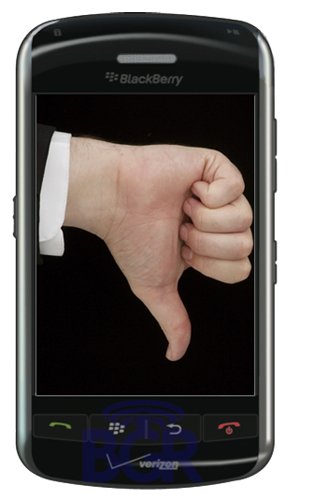The 2008 recession had a nationwide impact on companies and consumers alike, but while “several retailers reporting declining sales and some declaring bankruptcy, Costco was thriving.” The key behind Costco’s success was in its value proposition, which aimed at providing “members with quality goods and services at the lowest possible prices.” It is able to do so while still maintaining a healthy profit by cutting costs where necessary and charging potential customers an annual fee to shop at Costco; “the company never advertises, charges its 64 million members to shop there and doesn’t mark up any product more than 15 percent.”
The way in which Costco organizes their warehouse-style stores is also a large contributor to their success. Customers are able to purchase a vast array of goods within one building, all of which are competitively priced. “Tim Rose, senior vice president for food and sundries, pointed out that ‘Costco only carries about one-tenth of the number of items that a typical supermarket carries,’” a strategic decision that resulted in increased revenue. Costco gains its competitive advantage when selling goods by selecting only one or two variations of a product that “it believes to be the high-quality products its customers want.” This takes away the responsibility of choosing from a variety of similar products from the customer, a process that usually prolongs or prevents a sale from being made.
Through excellent products, pricing, and positioning Costco was able to create a unique method of shopping that price-sensitive customers see a great degree of value in. This business strategy has allowed Costco to prosper, even in times of recession.
http://abcnews.go.com/Business/IndustryInfo/costco-cashes-bargain-hungry-shoppers/story?id=4955384


